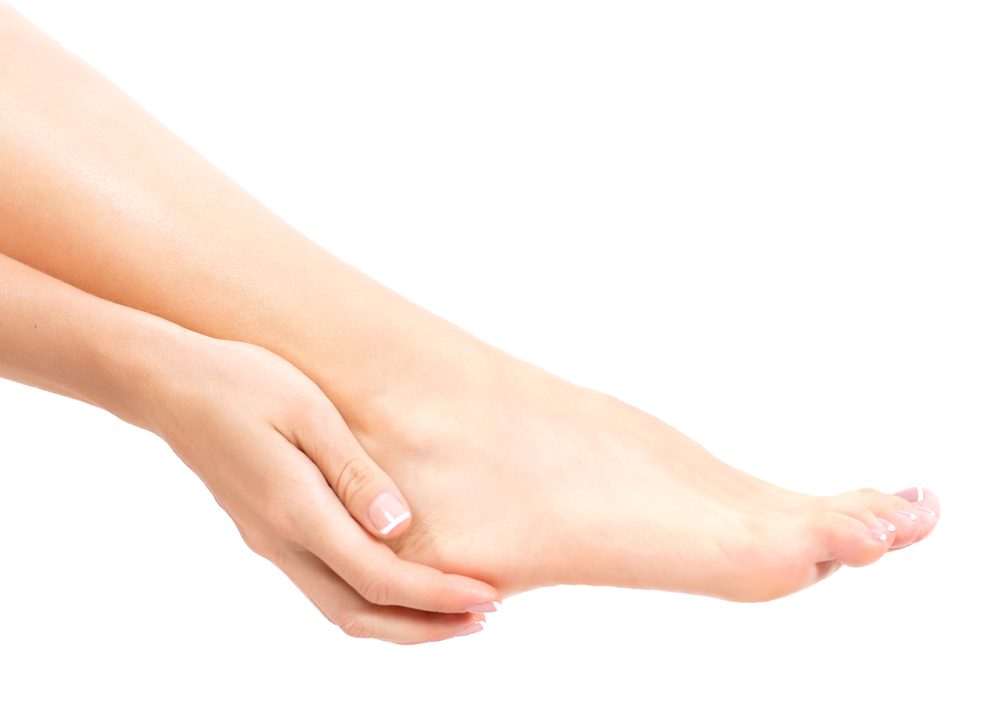
If our brain finds that skin is being rubbed too much then it sends help to defend that area. Sometimes fluid comes up under the skin. Calluses are usually looks grayish in color and it feels hard and a bit rough if you touch it with your fingers. Calluses usually find in the hands, fingers, heels and feet. These usually do not cause any pain.
Corn is also an area of hard, tough skin. But, it has a center of grey hard skin and a circle around it of soft yellowish skin.You can get corns on the top of, or in between your toes, where shoes have been rubbing or pressing the toes together. Some people may get corns on the sides of their thumbs or fingers. Most of the people who get corns are adults and it can be painful.
TREATMENT
If you do want to get rid of a callus then you can:
Corns can be quite painful so most people want to get rid of them.
PREVENTION
The blistered area will heal by itself if it is kept clean and dry, and the rubbing stops. Cover it with a dressing to protect it if you need to wear shoes that rub on it.
You can also do the following to avoid calluses and corns
Overview and FactsTypes and SymptomsDiagnosis & MedicationsOverview and Facts Tetralogy of Fallot is a congenital heart defect that affects the [...]
Overview and FactsTypes and SymptomsDiagnosis & MedicationsOverview and Facts Trichinosis, also known as trichinellosis, is a parasitic infection caused by [...]
Overview and FactsTypes and SymptomsDiagnosis & MedicationsOverview and Facts Trigeminal neuralgia is a neurological condition characterized by severe facial pain. [...]